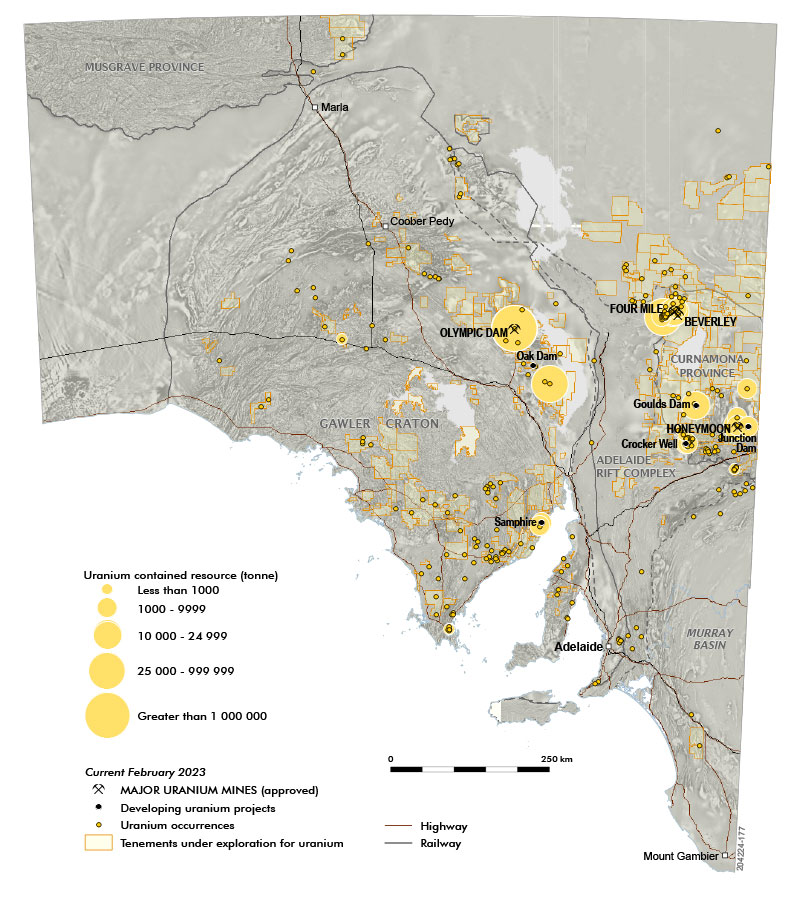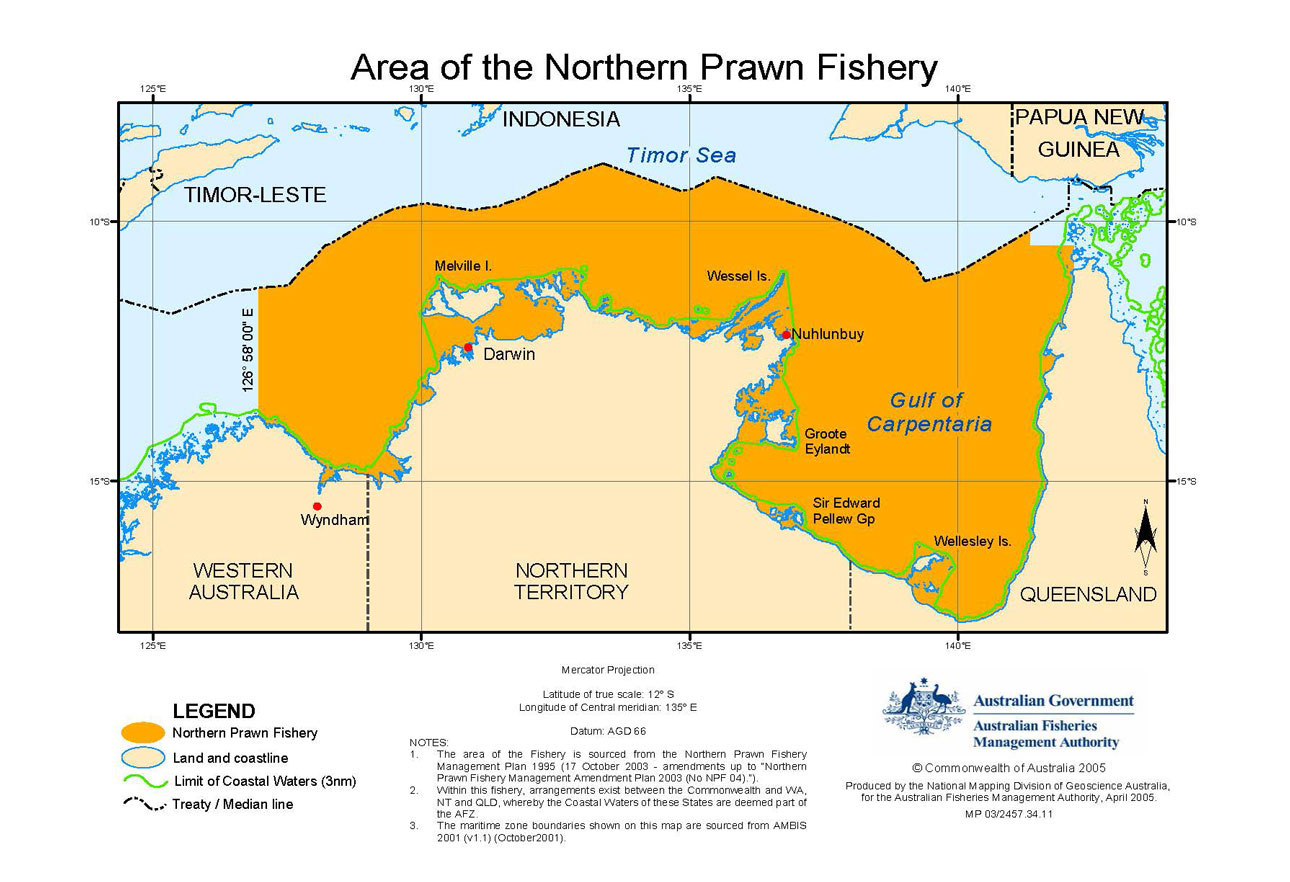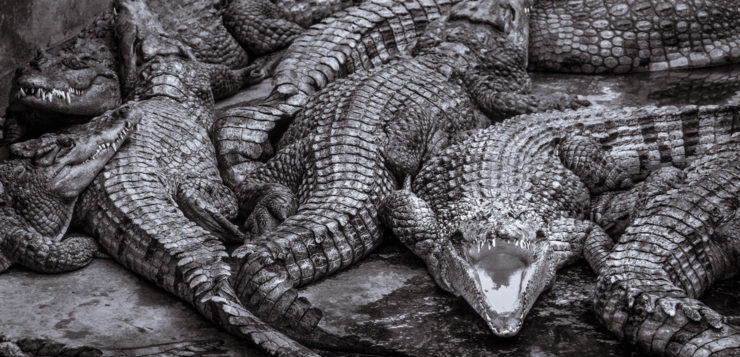Legal decisions about important projects which have serious ramifications on people or places, shouldn’t come down to debates over mythical beings, writes Geoff Russell.
A recent Federal Court decision to allow Santos to proceed with a $5.8 billion gas project in the Timor sea was disturbing on two fronts.
Firstly, it’s yet another fossil fuel project. According to the Australian Energy Market Operator (AEMO) Integrated System Plan (ISP), gas will be a feature of our electricity system through to 2050, with a similar or perhaps even greater amount than we have now.
We’ve gotta have something to keep the lights on when the wind isn’t blowing. Without nuclear, or perhaps Snowy 3.0 through 10.0, it will be gas.
The other disturbing aspect is the Federal Court’s fawning attitude to mumbo jumbo.
Justice Natalie Charlesworth accused the Environmental Defender’s Office of a “subtle coaching” of witnesses to align the area of Indigenous mythology more closely with the area of the gas project. In effect, the Justice accused the witnesses of being inventive, not with the truth, but with a previous invention. Don’t you just hate it when people get details of mythical beings and their adventures wrong!
The Australian Financial Review (AFR) coverage of the story had a map with an argument about lower sea levels making the made up stuff inconsistent with the facts of the birth of the Tiwi islands. Seriously, you can find quite a bit of detail about sea levels thousands of years ago in the legal judgement. If you are going to make stuff up about things that happened thousands of years ago, you need to double check your sea level data.
In Greek mythology the Lernaean hydra was originally depicted as having seven heads, but later tellers of the tale reckoned it had 50. The trick with the hydra was that it grew back more heads than were cut off, making an ‘accurate’ head count rather difficult. In the bad old days when being educated meant knowing Latin, perhaps a little ancient Greek and some of what were called ‘Classics’, getting things like the number of hydra heads wrong was a sign of poor schooling; something signifying non-membership of the ruling elite.
But how can getting the details of a myth wrong carry legal implications?
The terrifying implication of the Santos gas decision, at least as it was described by the AFR, is that it may have been different if the mythology had been accurately recounted. Had there been mythical creatures really located near the gas deposit, maybe Santos would have been in trouble.
The environmental movement has form in weaponising Indigenous people to do their bidding, knowing full well that the Government will ultimately pick up the bill.
Exhibit A: In South Australia, the Barngarla people were told by a person or persons unknown that building a nuclear waste repository at Kimba would “destroy [their]country”. They subsequently spent years and millions of dollars fighting the proposal. Ultimately the Barngarla won. The decision was, like so many in our legal system, based on a technicality rather than substance.
Where did the money come from to fund the Barngarla fight? Did they raise it with cake stalls and quiz nights and perhaps direct marketing campaigns? No. There is an army of native title lawyers making millions out of the native title legislation and they were happy to rack up some more hours opposing the nuclear waste repository.
Had Australia’s anti-nuclear groups wanted to fight the proposal directly, they’d have had to raise the money themselves. Weaponising Indigenous people with bullshit about radioactive materials and the damage they could do is a masterpiece of getting somebody else to fight your battles for you. Especially given that the Barngarla already roam over an area replete with radioactive material.
Check out the yellow dots representing uranium deposits that somebody thought big enough to warrant mapping. Kimba is located at the (very) tiny red rectangle; the chosen repository site is about 30 km west of that.

Our civil legal system hasn’t been fit for any purpose since before Charles Dicken’s wrote Bleak House in the 19th century. It typically allows anybody with deep pockets to prevail by pouring irrelevant obfuscations into a case until the opposition goes broke. Governments try to level up the playing field where Indigenous litigants are concerned by funding their battles. It’s not an intrinsically bad idea, but it’s a system that can be taken advantage of by non-Indigenous litigants who can persuade Indigenous groups that this or that project will destroy something or other.
“Crocodile Man” featured prominently in the Santos court case. There are 240 mentions of him in the judgement and considerable argument about what he might think about the pipeline. We don’t know how many heads Crocodile Man had. Presumably one.
Can you imagine paying a team of lawyers a thousand dollars a day (probably more) to argue about what a mythical creature might think? About the only thing worse would be to pay a judge to listen to the cacophony and take it all seriously. At least the Greeks were thoughtful enough to call the hydra the Lernaean Hydra, so you knew it came from somewhere around Lerna. When you make stuff up, you really should give consideration to future generations lest they be forced to fill in missing details during legal litigation.
Who knows what Crocodile Man or the Hydra would have thought of cooking with gas? Maybe the Hydra would have thought a 7-hot-plate gas cooker was pretty cool; one for each head. So perhaps she’d have backed Santos.
In any event, the actual judgement contains dozens of references to potential damage from the project. What kinds of damage? Damage to the environment can be measured; animals die, habitat is degraded or destroyed. This is all stuff you can measure; it is real.
But damage to spirituality gets plenty of ink also? What does that even mean?
Suppose you are a Christian. How do you react to learning about what more than a few priests did to little children over the centuries; and more recently? Does that damage your spirituality? I’d hope so. But the die-hard Christians still seem to find a way to go on believing.
I’m sure such revelations are challenging for them. But does that mean we shouldn’t investigate priests? Of course not. If my taking the piss out of Crocodile Man is upsetting, should we all genuflect and ignore the flagrant stupidity of this court case? I think not.
I don’t really care if people want to believe mumbo jumbo, but I vehemently object to mumbo jumbo having much of a say in important decision-making processes. That’s pretty much the definition of an important decision; one where you assiduously sift the wheat from the chaff and ignore bullshit.
What about damage to burial sites? You can certainly measure that, but is there any evidence anybody has ever cared about it before?
Consider prawn trawlers. They drag a massive metal frame to which a net is attached along the seafloor, smashing everything in their path and leaving a plume of mud and silt, which then settles and can choke whatever is left alive. It’s a truly disgusting and devastating form of “wild food harvest”.
Unless they were really well buried, I’d guess prawn trawlers have been dragging Tiwi islander bones around the seabed for as long as they’ve been operating; about a century or two.
Australia’s northern prawn fishery extends from Cape Londonderry on the west of the Tiwi Islands right across to Cape York. And yes, bottom trawling is exactly how they operate.

Concern over environmental impacts of this fishery has long been limited to bycatch; the number and type of marine animals other than prawns which end up caught (usually dead) in nets. What’s the size of the bycatch? The Australian Government seems to have sanitised the relevant websites and documents. They talk about percentage reductions, but are exceedingly careful not to mention the actual levels being reduced. Historically, the tonnage of bycatch associated with prawn fishing has ranged from 3 to 15 tonnes of other marine animals for every tonne of prawns. Like I said, truly and utterly disgusting.
Unlike the Santos gas project, the prawn fishery operates over a vast area.
Have the people objecting to spiritual loss and damage ever been concerned about prawn trawling? Not as far as I know. Have the environmental groups behind the Tiwi Islander’s current litigation ever gone after the prawn industry with the same moral outrage and legal army?
First, they’d have to find some way of getting the Government to pay the lawyers.
Donate To New Matilda
New Matilda is a small, independent media outlet. We survive through reader contributions, and never losing a lawsuit. If you got something from this article, giving something back helps us to continue speaking truth to power. Every little bit counts.






